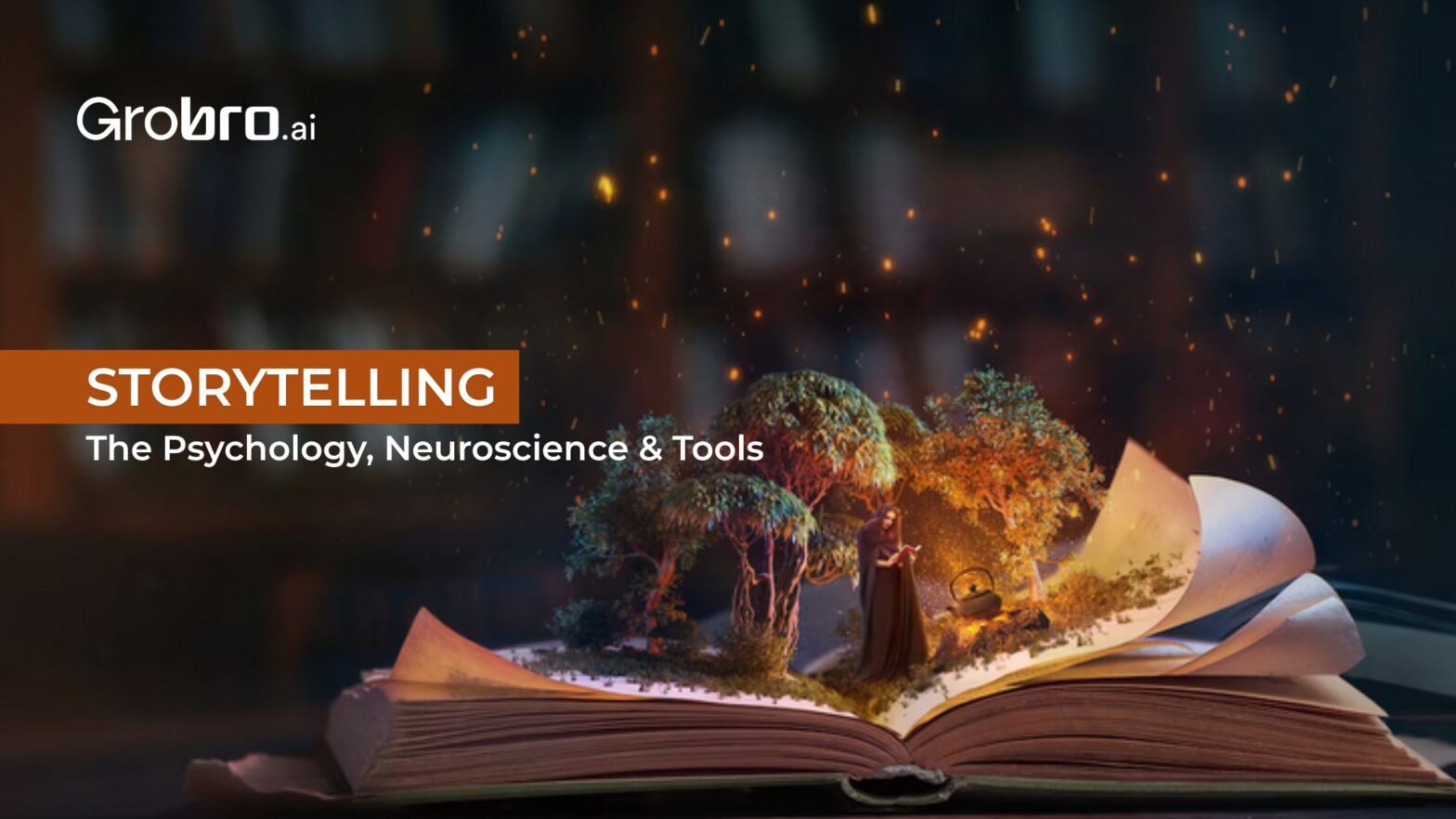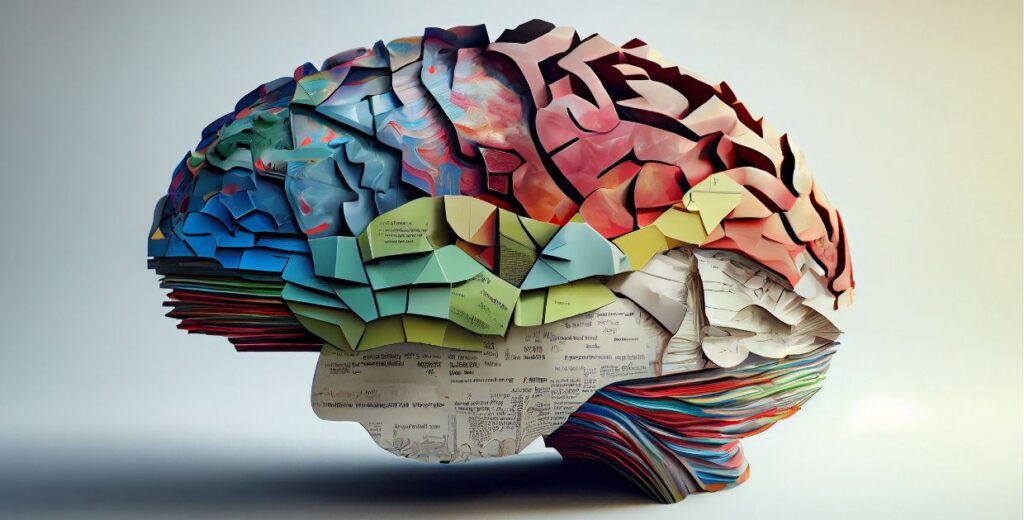The Psychology, Neuroscience & Tools Behind Storytelling

In every Indian household, stories are woven into the fabric of daily life. From grandparents recounting tales of the Ramayana and Mahabharata to parents sharing fables of Birbal’s wit and Tenali Raman’s cleverness, and even teachers sprinkling their lessons with anecdotes, stories have always been our way of passing on wisdom, values, and knowledge. But beyond tradition and nostalgia, there is growing scientific evidence that stories remain one of the most effective ways humans learn. We empathize with characters, imagine ourselves in their shoes, and absorb lessons effortlessly. Stories don’t just entertain; they activate our brains, stir our emotions, and help us remember and apply what we’ve learned. As the saying goes, “Tell me a fact, and I’ll forget. Tell me a story, and I’ll remember forever.” Stories are like invisible bridges — they connect information to emotion, the head to the heart.
Why Stories Work: The Psychological Perspective
Humans are wired for stories. Long before writing was invented, knowledge, values, and survival skills were passed down orally through stories. They weren’t just a pastime; they were essential for survival and social cohesion. Psychologists like Jerome Bruner argue that our minds are naturally predisposed to organize experience into narrative form. His research shows that information embedded in a story is up to 22 times more memorable than the same information presented as plain facts (Bruner, 1991). This happens because stories create emotional connections. They engage not just our intellect but also our emotions. When we care about the characters and their struggles, we pay closer attention and remember more vividly. Stories also foster empathy, allowing us to inhabit perspectives other than our own — a skill vital for social learning and moral development.
1) Stories and the Brain: A Neuroscientific Lens
What happens in the brain when we hear a story? Neuroscience offers some remarkable answers.

When we listen to a list of facts, only the language-processing areas of the brain are activated. But when we engage with a story, multiple regions — sensory, motor, and emotional — light up, as if we are living the experience ourselves. This phenomenon, called neural coupling, synchronizes the storyteller’s brain and the listener’s brain, creating a shared mental experience. (Hasson et al., 2012). Dr. Paul Zak’s research shows that engaging narratives trigger the release of oxytocin, often called the “trust hormone,” which fosters connection, empathy, and retention (Zak, 2013). At the same time, mirror neurons — brain cells that fire both when we act and when we observe — help us feel what the characters feel, making stories incredibly immersive. This multisensory engagement ensures that stories are not just heard but felt, making learning stickier and more impactful.
2) Educational Research: Stories in Classrooms
In India and around the world, teachers have long used stories to explain difficult concepts. But today, there’s strong empirical evidence supporting why this works so well. Studies published in the Journal of Educational Psychology have shown that students who learn through narratives demonstrate better comprehension, retention, and even critical thinking compared to those taught through plain exposition (Arya & Maul, 2012). Stories turn abstract ideas into concrete examples. A moral lesson becomes clearer when wrapped in a Panchatantra fable; a scientific principle becomes memorable when illustrated through a real-life anecdote. Teachers who weave lessons into stories find their students more engaged and more likely to participate. In the Indian classroom, where rote memorization often overshadows understanding, stories can breathe life into the curriculum and ignite curiosity.
3) Beyond the Classroom: Stories in Everyday Learning
The power of stories extends far beyond classrooms. In homes, in friendships, in workplaces — stories are everywhere. Parents use them to teach values, friends share them to offer advice, and even advertisements craft stories to influence us. For children, stories are crucial in developing social skills, resilience, and moral reasoning. Hearing about a character’s tough choices helps children understand consequences and practice empathy. For adults too, stories help make sense of the world. TED talks, case studies, and biographies often teach more effectively than manuals or lectures because they resonate emotionally while delivering knowledge.
Tips for Parents, Educators, and Students
One of the biggest challenges in story-based learning is finding the right story — one that matches the learner’s reading level, sparks curiosity, and builds comprehension while being culturally and emotionally relatable. This is where Gro Box shines. GroBox is a thoughtfully designed solution that delivers a curated set of books, activities, and resources tailored to the reader’s Gro Quotient — a scientifically developed measure of reading level. Unlike generic book recommendations, Gro Box ensures that the stories and resources align perfectly with the learner’s abilities and interests, so they can fully understand, connect to, and enjoy the stories they read. The GroBox experience encompasses the following key features and merits:
- Age and ability-appropriate stories: Gro Box uses the Gro Quotient to recommend books that are just right — not too easy to bore the reader, and not too challenging to discourage them. This ensures learners stay engaged and build confidence as they progress.
- Personalized narratives: Each Gro Box is customized to suit the individual learner, making the stories feel personal and relatable. It even encourages parents and teachers to connect the stories to their own experiences, fostering meaningful discussions around them.
- Connecting stories to learning concepts: The curated books often weave in themes that align with educational and life concepts, helping readers see how stories reflect real-world ideas and lessons.
- Multi-sensory engagement: Along with books, the Gro Box includes complementary activities and resources (like workbooks, AI Reading Buddy, and goodies) that engage multiple senses, making the storytelling experience interactive and memorable.
- Encouraging learners to tell their own stories: Beyond reading, Gro Box inspires children to craft and share their own stories, building creativity, communication skills, and a deeper understanding of narrative structures.
By bringing together these five essential elements in a single, seamless package, Gro Box empowers parents, educators, and students to unlock the true power of storytelling — ensuring that the right story reaches the right reader at the right time, every time.
Conclusion
Stories are not just the soul of our culture; they are the backbone of how we learn. By engaging our emotions, lighting up our brains, and helping us see the world through others’ eyes, stories make learning not just effective but joyful. And in a world increasingly obsessed with data and speed, it’s worth remembering that the stories that seem so simple often teach us the deepest truths. Also, with thoughtful tools like Gro Box, which ensure that each reader gets the right story at the right level, parents, educators, and students can make storytelling an even more impactful part of learning. Because in the end, it’s not just about reading stories — it’s about letting stories shape who we become. So, the next time you want to teach, inspire, or even just connect — tell a story. Because stories, in the end, are how we learn to be human.




